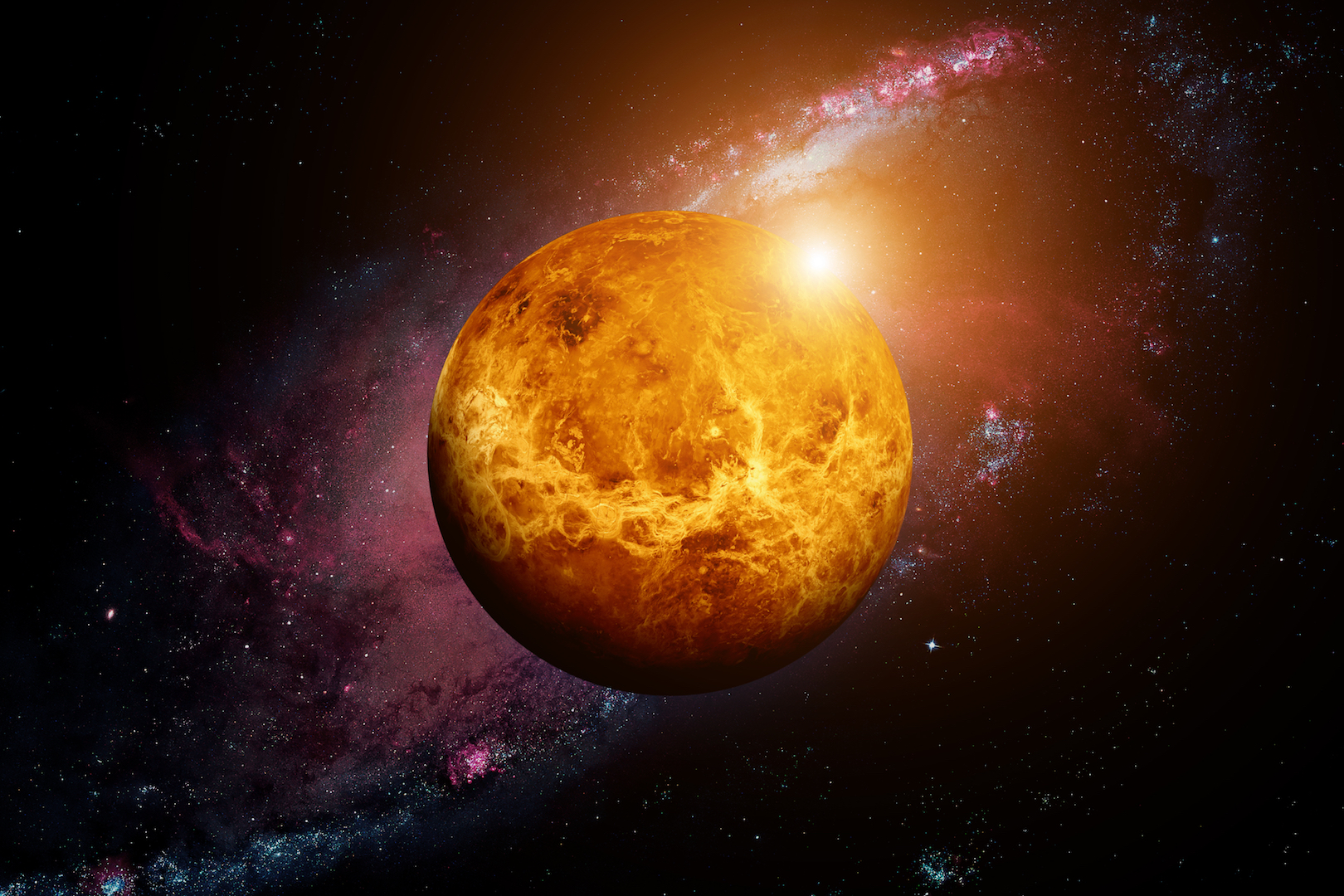
This week, you can see Venus in two dazzling celestial events
Venus is the third most luminous object in the sky after the sun and moon and the brightest of all the planets. Yesterday evening, stargazers were privy to an exciting moment when Venus was within one degree of the star Regulus, one of the 21 brightest stars in the sky.
Regulus is located in the constellation Leo and starting on July 7th, both Venus and Regulus began getting closer and closer to each other.
At twilight on July 9th, Space.com reported that the two objects were so close and visible that they could be viewed without binoculars.
As bright as Regulus is, it pales in comparison to Venus, which is 158 times more luminous than the star.
Later this week, another celestial meeting will occur between the moon and Venus on July 15th.
At this point, the moon will only be a few days in its beginning phases and just 12 percent illuminated but will be in close proximity to Venus.
“For those in the eastern United States, they’ll be separated by just over 2 degrees by mid-twilight. But for those in the western US, the view will be more striking, because they’ll appear half as far apart.” writes Joe Rao, a Space.com columnist.
As with Regulus, the event can be viewed with the naked eye but binoculars will boost your stargazing potential and you may even catch a glimpse of “Earthshine.”
Earthshine occurs when sunlight reflects off the Earth and illuminates the darker side of the moon.
Later this month, there will also be another lunar eclipse visible nearly everywhere but the continental United States, according to Newsweek.
—
By Kay Vandette, Earth.com Staff Writer












